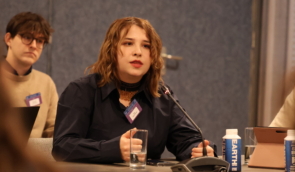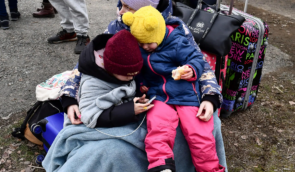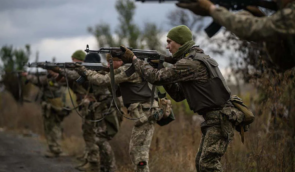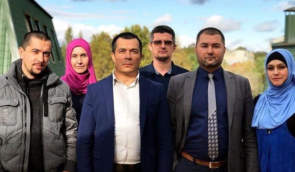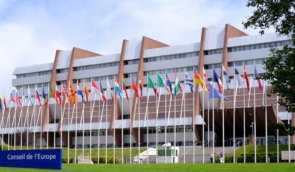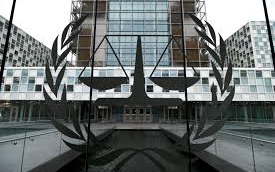Russians torture Ukrainians in all occupied territories, electrocuting and beating them up
The Russians are using the same methods of persecution and torture in all occupied territories of Ukraine. Torture is a key tool for the Russians to obtain information.
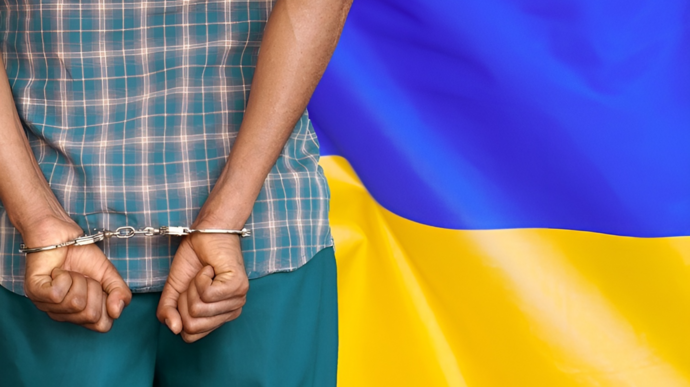
Human rights activists said that during the occupation of Kupiansk in Kharkiv Oblast, people were tortured with beatings and electric shocks after being illegally detained by the Russians in the detention centre of the district police department. 19 out of 30 victims interviewed were able to confirm that people were tortured during the interrogation.
Cases of beatings and electric shock torture are widespread. Human rights defenders are aware of five cases in which the electric shocks were applied to the victim’s genitals.
Yelyzaveta Sokurenko, the Head of the War Crimes Documentation Department at the ZMINA Human Rights Centre, said that the exact number of people held in the detention centre during the six months the town was occupied is unknown. However, the prisoners themselves estimate that at least 130 people were currently in the detention centre at the time of its liberation on 8 September 2022.
The Human Rights Centre emphasised that detainees were constantly subjected to psychological torture. The Russians threatened to kill people, shoot them in the knees, cut off fingers, tear out nails, cut off ears or flay their skin.
Sokurenko believes that the poor living conditions to which prisoners in the detention centre’s isolation unit were subjected are themselves a form of torture, namely the stifling heat, poor-quality and limited food, lack of fresh air, hygiene products, drinking water and showers, and sleep deprivation of new detainees by means of punishing sleeping prisoners and leaving the lights on round the clock.
Human rights activists also said that the Russians forced the detainees to snitch on other residents of the district in order to root out those who support Ukraine.
“The so-called torture chambers operated openly in Kharkiv, Kherson and Zaporizhzhia oblasts, for the purpose of intimidating residents with the threat of torture. In addition, civilians were being ‘filtered’ in all occupied territories,” said ZMINA documentary evidence analyst Borys Petrunok.
As a result of being illegally detained, tortured and subjected to poor prison conditions, these people have health problems such as insomnia, frequent nightmares about their experiences, anxiety and panic attacks. Some have had suicidal thoughts.
“One person attempted suicide while being held in the Kupiansk detention centre. Two other victims said they had suicidal thoughts during and after their release.
Other consequences include severe headaches, weight loss, exacerbation of chronic diseases, broken teeth, cardiovascular diseases, and more,” Sokurenko said.
Serhii Bolvinov, the head of the National Police Investigation Department in Kharkiv Oblast, said that 67 people had been officially recognised as victims of the occupiers’ actions in the Kupiansk torture chamber. However, police are aware of the torture of more than 150 people aged 16 to 65.
Bolvinov added that it is difficult to investigate such cases because the Russian representatives hid their faces. But he reiterated that the police would soon serve them a series of notices of suspicion.
Background: Russia abducted thousands of Ukrainian civilians from Ukraine. They are illegally held hostage and often passed off as prisoners of war, making it extremely difficult to bring them back.
It is also known that the Russians are holding more than 100 civilian Ukrainians in captivity without charge. That number includes residents of the temporarily occupied territories of Kherson and Zaporizhzhia oblasts.
Source: Ukrainska Pravda
If you have found a spelling error, please, notify us by selecting that text and pressing Ctrl+Enter.



